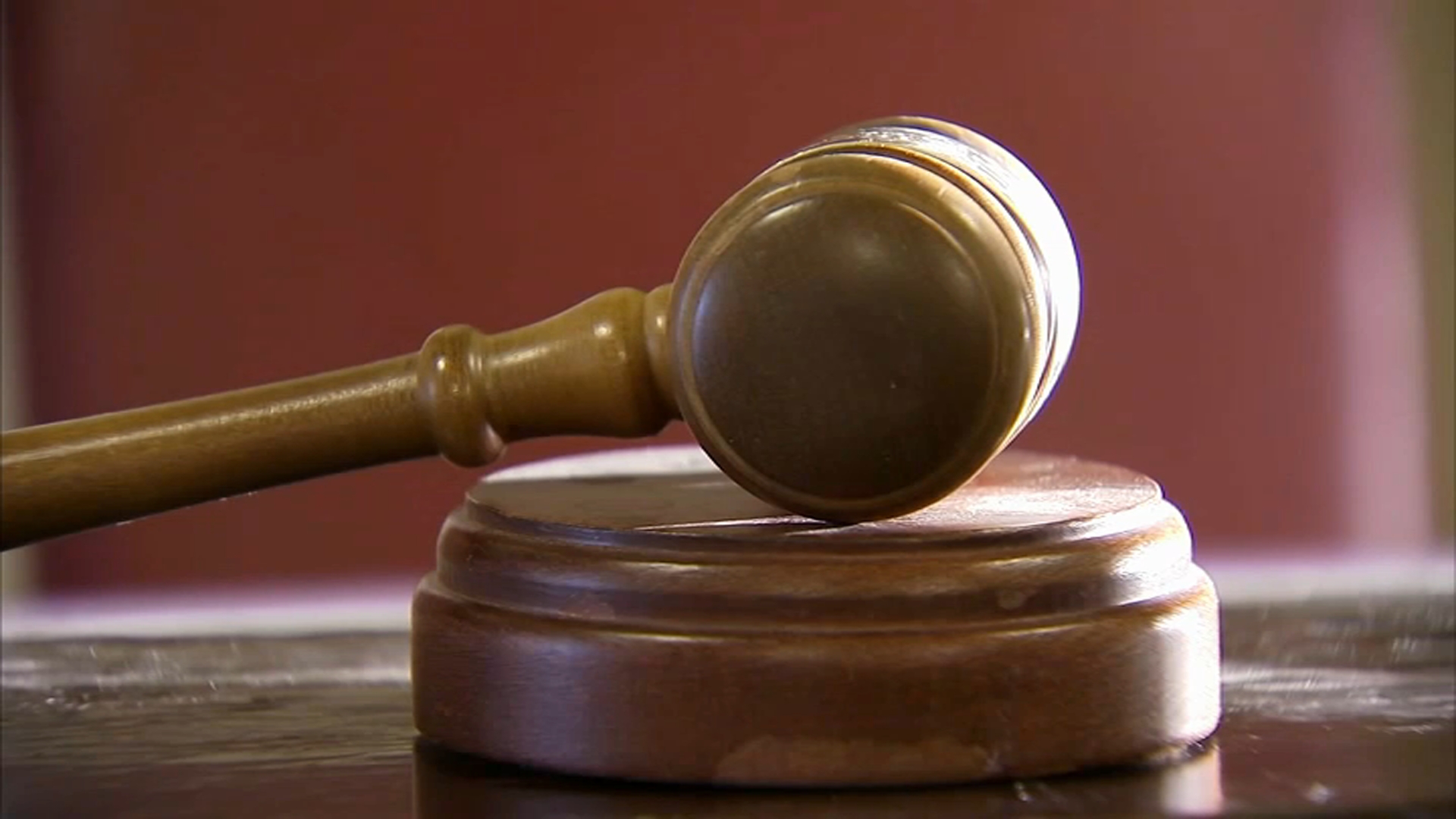When does fall officially start in the Chicago area? It all depends on how you measure it.
According to NBC 5 Meteorologist Alicia Roman, a cold front associated with rain and stormy conditions was moving in Friday morning, though conditions remained very warm and humid. After that passes, temperatures and dew points will drop -- just in time for fall.
"As we approach Labor Day, it will feel more like fall," Roman said.
Meteorological fall, at least.
Meteorological fall for 2024 starts Sunday, Sept. 1 and ends Nov. 30, Roman noted. It's grouped by three months: September, October and November.
It's also easier for keeping stats, and follows the calendar, Roman said.
“By following the civil calendar and having less variation in season length and season start, it becomes much easier to calculate seasonal statistics from the monthly statistics, both of which are very useful for agriculture, commerce and a variety of other purposes,” the National Centers for Environmental Information said.
Local
Astronomical fall -- or the fall equinox -- officially takes place Sept. 22, and is based on the position of the earth relative to the sun. At that time, the length of daytime and nighttime is equal, Roman said.
Astronomical fall ends Dec. 21, making way for the winter solstice.
Feeling out of the loop? We'll catch you up on the Chicago news you need to know. Sign up for the weekly Chicago Catch-Up newsletter.
Following the autumnal equinox in September comes daylight saving time, when those in Illinois and 47 other states will turn their clocks back.
When is daylight saving time?
For 2024, daylight saving time falls on Nov. 3.
In the lead-up to that, sunsets will slowly inch earlier, with the sun eventually setting at 4:41 p.m. as DST wraps up.
What is daylight saving time?
It's important to know the difference between the two times often debated: daylight saving time and standard time.
As it stands, Illinois shifts between the two. The "spring forward" is when the state enters daylight saving time, and the "fall back" marks a return to standard time.
According to the website Time and Date, standard time is the local time in a country or region when daylight saving time is not in use.
"More than 60% of the countries in the world use standard time all year," the site says. "The remaining countries use DST during the summer months, generally setting clocks forward one hour from standard time."
Daylight saving time is a changing of the clocks that typically begins in spring and ends in fall. Under the conditions of the Energy Policy Act of 2005, daylight saving time starts on the second Sunday in March and ends on the first Sunday in November. On those days, clocks either shift forward or backward one hour.



